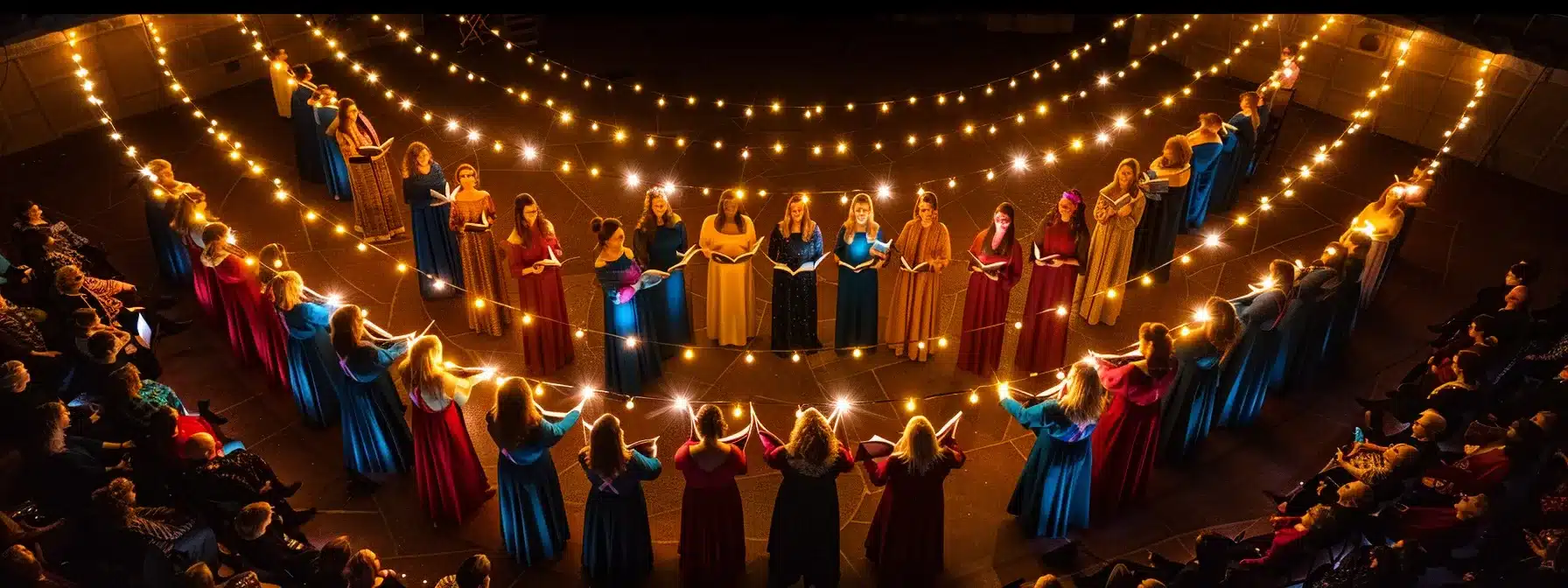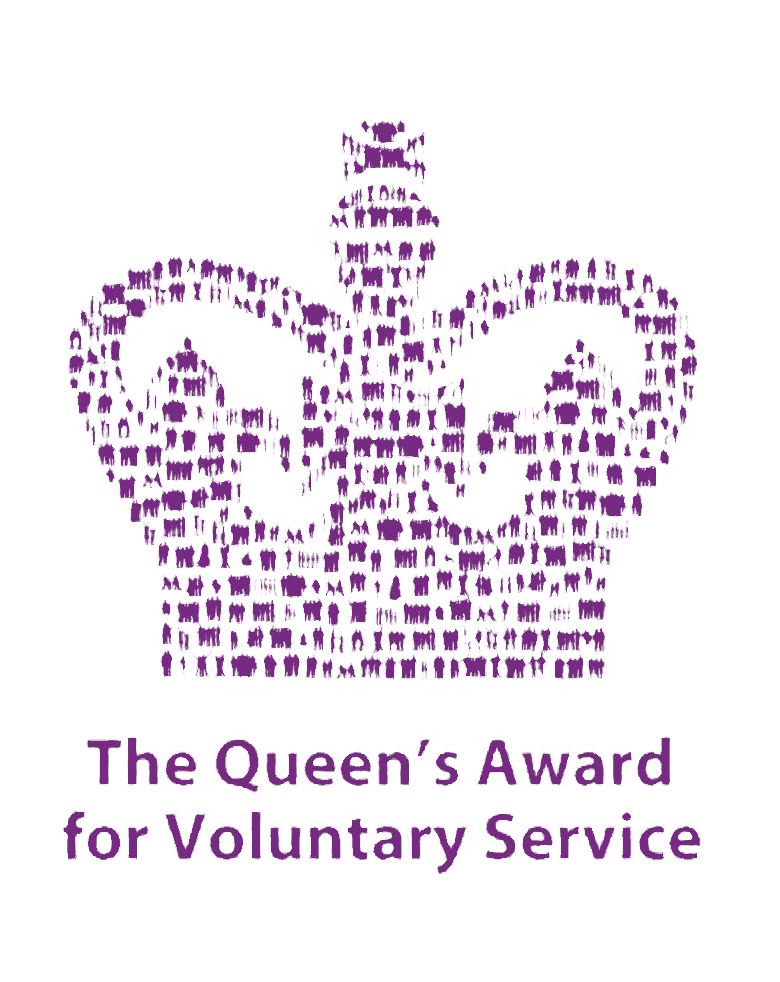Innovative Creative Concert Themes for Engaging Small Orchestras

Are you looking to boost audience engagement for your small orchestra? Many organizations struggle to create memorable concert experiences that draw crowds. In this post, we’ll explore innovative concert themes, collaborations with local artists, and alternative venue choices that can enrich your repertoire. By implementing these strategies, you can solve the challenge of attracting patrons and create lasting connections with your community. Join us as we dive into practical ideas designed to help your ensemble shine, much like the renowned Sphinx Organization and celebrated performances by the San Antonio Symphony.
Exploring Thematic Programming to Captivate Audiences

Understanding the power of The People’s Orchestra theme can transform your small orchestra’s concerts into memorable experiences. You’ll explore how to align themes with the unique strengths of your musicians, like cello and viola sections, to create captivating performances. Engaging the community through relevant stories, while balancing tradition with innovation, adds depth. You’ll also find valuable insights from case studies of successful thematic concerts, offering practical examples for your organization.
Understanding the Power of a Theme
Understanding the power of a theme in your concert programming can significantly enhance engagement and connection with your audience. For instance, by incorporating works by renowned composers that highlight the art song genre, you not only showcase the talents of your violin section but also create a narrative that resonates with concertgoers. When performing in venues like Carnegie Hall, a thoughtfully curated theme can turn your concert into a memorable experience, helping to foster a deeper appreciation for the music and your musicians.
Aligning Themes With Orchestra Strengths
To create captivating concerts, it’s essential to align your themes with the unique strengths of your chamber orchestra. By focusing on a specific string instrument, you can spotlight its capabilities through innovative transcriptions that enhance the overall program. For example, if your cellists excel in expressive performances, consider a theme centered around pieces that highlight the cello’s melodic richness, creating a more engaging and memorable experience for your audience.
Engaging the Community Through Relevant Stories
Engaging your community through relevant stories is a powerful way to deepen connections with your audience at small orchestra performances. Consider how the National Symphony Orchestra often shares stories behind the pieces they perform, inviting listeners to understand the emotional narrative behind the music. By weaving in local New York City history or featuring a choir that embodies community spirit, you can enhance your program while resonating with your audience’s personal experiences. Audience members feel more connected when they can relate to the story your concert tells; it builds a bridge between the musicians and the community:
- Highlight local historical events related to a symphony piece.
- Feature stories of community members who have influenced the arts.
- Incorporate personal anecdotes from the board of directors about why music matters.
Balancing Tradition With Innovation
Balancing tradition with innovation is essential for engaging your small orchestra and creating memorable concert experiences. By incorporating contemporary pieces alongside classical music, you not only honor longstanding orchestration practices but also attract new audiences who may be looking for fresh interpretations. During rehearsals, consider how innovative arrangements and themes can elevate your string orchestra‘s performance, making auditions more exciting and helping your musicians thrive in a supportive, inclusive environment.
Case Studies of Successful Thematic Concerts
Successful thematic concerts, such as those by the New Jersey Symphony, highlight the power of creativity in engaging audiences. One notable concert showcased a violin concerto intertwined with big band elements, capturing the audience’s emotion while bridging different musical styles. By focusing on innovative themes that resonate with community experiences, you can create meaningful performances that leave a lasting impression on your patrons.
The music spoke to the hearts of many, drawing in crowds eager for more. Now, let’s look at how teaming up with local artists adds a new layer of depth to our shared experiences.
Collaborating With Local Artists for Unique Experiences

Integrating local artists into your concert programming can create unique experiences that captivate your audience. You’ll explore how including visual arts enhances performances, partnering with dance companies can lead to dynamic shows, and showcasing local composers introduces fresh works. Additionally, featuring unconventional instruments and building relationships with educational institutions enriches your orchestra’s repertoire, resonating with diverse musical styles like jazz and folk music.
Integrating Visual Arts Into Performances
Integrating visual arts into your performances can create a multi-dimensional experience that captivates audiences. Imagine pairing the music of Leonard Bernstein with visual projections that highlight his connection to American culture, or collaborating with a local ballet company to interpret a piece like “Messiah.” Such partnerships not only enrich the concert experience but also deepen the community’s engagement with the arts, inviting everyone to appreciate the synergy between musicians and visual storytellers:
- Feature animations that represent the themes of your orchestral pieces.
- Invite local artists to create live artwork during performances.
- Consider themed visual exhibits that resonate with your concert‘s narrative.
Partnering With Dance Companies for Dynamic Shows
Partnering with local dance companies can dramatically elevate your orchestra’s performances and create dynamic shows that captivate audiences. Imagine presenting a piano concerto featuring works by renowned composers, while a talented ballet troupe interprets the music through movement, akin to what you might experience in a concert with the New York Philharmonic. Collaborating with artists such as Augustin Hadelich, a celebrated violinist, to blend strings with choreography not only enhances the emotional impact of the music but also draws in diverse audiences who appreciate the fusion of visual and auditory art forms.
Showcasing Local Composers and New Works
Showcasing local composers and new works is a powerful way to enrich your small orchestra’s programming while fostering community connections. By highlighting composers like Florence Price, who integrates diverse musical influences into her compositions, you create an engaging atmosphere that resonates with your audience. Collaborating with ensembles such as the Los Angeles Chamber Orchestra and the Minnesota Orchestra can inspire you to incorporate contemporary chamber music that reflects local culture, inviting deeper appreciation and support for the arts within your community.
Featuring Unconventional Instruments and Sounds
Featuring unconventional instruments and sounds can create a distinctive experience for your audience and set your performances apart. Consider incorporating instruments like the theremin or unconventional percussion elements to add excitement and intrigue, much like the bold choices seen in “The Rite of Spring.” By collaborating with local artists or musicians from “The People’s Orchestra,” “The People’s Show Choir,” and “The People’s Big Band,” you can explore innovative interpretations that resonate with your community while enriching your programming.
- Experiment with unique instruments to diversify your sound palette.
- Engage local musicians to share their expertise and creativity.
- Promote performances that challenge traditional musical boundaries.
Building Relationships With Educational Institutions
Building relationships with educational institutions is a powerful way to enrich your small orchestra’s concert themes and engage your community. By partnering with local schools and universities, you can create opportunities for students to participate in performances, workshops, and masterclasses, fostering a love for orchestral music among younger generations. Such collaborations not only provide students with invaluable experience but also introduce fresh perspectives that can enhance your creative programming:
- Collaborate on community outreach programs that encourage student participation.
- Organize joint concerts that showcase student talent alongside your orchestra.
- Invite educators to share insights on integrating music into various curricula.
Collaboration brings fresh energy, igniting passions that resonate with the community. Now, let’s explore how choosing the right venue can elevate these performances to new heights.
Innovative Venue Choices to Enhance Performances

Innovative venue choices can significantly enhance the engagement of your small orchestra’s performances. You’ll discover how utilizing outdoor spaces for seasonal concerts can create a lively atmosphere, while performing in historical buildings adds unique ambiance. Creating intimate settings in small venues, incorporating technology in non-traditional spaces, and overcoming acoustic challenges are also key strategies that can elevate your concert experiences.
Utilizing Outdoor Spaces for Seasonal Concerts
Utilizing outdoor spaces for seasonal concerts offers a fresh and engaging environment for your small orchestra. Performing in parks, gardens, or open-air venues can draw in a larger audience and create a relaxed atmosphere where families and friends can enjoy music together. Consider programming a summer concert series featuring popular classics or local favorites to connect with your community and foster a love for orchestral music.
- Choose scenic outdoor locations to enhance the visual experience.
- Schedule concerts during community events to attract diverse audiences.
- Incorporate picnic-style seating to create an inviting environment.
Performing in Historical Buildings for Added Ambiance
Performing in historical buildings can significantly enhance the ambiance of your orchestra’s concerts, creating a unique experience for your audience. These venues not only offer stunning architectural features but also evoke a sense of connection to the past, making your music resonate on a deeper level. For example, hosting a concert in an old theater or a museum can draw crowds who appreciate both music and history, turning each performance into a memorable event.
- Identify local historical venues that align with your concert themes.
- Promote the historical significance of the venue to attract audience interest.
- Enhance performances with storytelling that connects your music to the building’s history.
Creating Intimate Settings in Small Venues
Creating intimate settings in small venues can significantly enhance the experience of your orchestra’s performances. By choosing cozy, acoustically pleasing locations—such as community centers, libraries, or local cafés—you invite your audience to feel closer to the music and the musicians performing it. This connection fosters a sense of community as attendees engage more personally with the performance, appreciating the artistry in a warm and inviting environment.
Incorporating Technology in Non-Traditional Spaces
Incorporating technology in non-traditional spaces can dramatically elevate your small orchestra’s performances and engage your audience in new ways. Imagine using projection mapping to visualize the narrative of your concert pieces in a local community center, enhancing the emotional impact of the music. By embracing tools like interactive apps or live-streaming your concerts, you create opportunities for audience participation and engagement, making your performances accessible to a broader community, and transforming the traditional concert experience into something truly memorable.
Overcoming Acoustic Challenges in Unique Locations
Overcoming acoustic challenges in unique locations is crucial for ensuring that your performances resonate with the audience. For example, when performing in a gymnasium or community center, consider using sound-absorbing materials or portable acoustical panels to enhance sound quality. It’s also effective to adjust the arrangement of your musicians to minimize echo and optimize the acoustics, creating a more enjoyable experience for everyone involved:
- Assess the venue’s sound characteristics before planning your setup.
- Utilize portable acoustic treatments to manage sound reflection.
- Experiment with different stage layouts to improve acoustics.
Great venues set the stage, but it’s the audience that breathes life into the performance. When you invite them to join in, the experience transforms, and connection flourishes.
Audience Participation to Foster Engagement

Incorporating audience participation can transform your small orchestra’s concerts into vibrant experiences. Explore interactive concert elements and engaging activities that invite attendees to connect with the music. Pre-concert talks and workshops enhance the experience while social media interaction fosters a modern, community-focused atmosphere. Developing age-inclusive educational programs and implementing feedback mechanisms ensures that your performances resonate with your audience’s preferences.
Interactive Concert Elements and Activities
Interactive concert elements and activities can create a vibrant atmosphere that encourages audience participation and fosters a deeper connection to your orchestra. Consider integrating audience voting on pieces to be performed, or hosting sing-alongs during specific sections of the concert, allowing everyone to feel included. You might even host pre-concert workshops, where attendees can learn about the instruments or the history behind the pieces, enhancing their appreciation of the music:
- Allow audience members to vote on concert repertoire.
- Organize sing-alongs for familiar pieces.
- Host workshops before performances to teach concert attendees about orchestral music.
Pre-Concert Talks and Workshops
Integrating pre-concert talks and workshops into your programming can significantly enhance audience engagement and enrich their concert experience. These interactive sessions allow you to share insights about the concert themes, composers, and pieces to be performed, making attendees feel more connected to the music. For instance, consider inviting a local music educator to lead discussions on the cultural context of the works, which can enrich understanding and appreciation among your audience:
- Encourage audience interaction by allowing them to ask questions.
- Offer workshops that let participants try out orchestral instruments.
- Provide behind-the-scenes glimpses into the rehearsal and performance process.
Encouraging Social Media Interaction During Events
Encouraging social media interaction during your events can significantly enhance audience engagement and foster a sense of community. You can create a unique hashtag for each concert, inviting attendees to share their experiences online. By actively engaging with comments, sharing behind-the-scenes content, and featuring audience photos on your organization‘s social media pages, you not only amplify your orchestra’s presence but also make concertgoers feel like they are a part of something special, strengthening their connection to the music and to each other.
Developing Educational Programs for All Ages
Developing educational programs for all ages can significantly enhance your small orchestra’s connection with the community. By offering interactive workshops and hands-on learning opportunities, you invite audience members to explore orchestral music in a meaningful way. Consider collaborating with local schools to create tailored programs that engage students through instrument demonstrations, fostering a love for music and encouraging their participation in future concerts.
Feedback Mechanisms to Tailor Future Performances
Incorporating feedback mechanisms is vital for enhancing audience participation in your small orchestra’s concert programming. By engaging your audience through surveys or feedback forms after performances, you can gain insight into their preferences and experiences. This allows you to tailor future performances to better align with what your community wants to hear, ensuring that your concert themes resonate deeply and foster a connection between the musicians and attendees.
Engagement thrives when the audience feels they belong. So, let’s explore how themed series and festivals can keep that excitement alive and draw people back for more.
Themed Series and Festivals for Consistent Interest

Designing seasonal themes across multiple concerts can create a cohesive and engaging experience, allowing you to highlight cultural celebrations and holidays. Exploring genres through focused series can broaden your audience’s appreciation for diverse musical styles. Additionally, promoting mini-festivals around specific composers and collaborating with other organizations enhances community involvement and strengthens connections with local audiences.
Designing Seasonal Themes Across Multiple Concerts
Designing seasonal themes across multiple concerts not only creates excitement but also builds anticipation within your community. By selecting a central theme for a season, you can weave together concerts that reflect this focus, drawing in diverse audiences who share an interest in the highlighted styles or cultural celebrations. For instance, you might dedicate a season to exploring different musical genres or composers, encouraging patrons to attend multiple performances and deepening their connection to the music:
- Create a winter concert series featuring holiday music and festive themes.
- Host a summer festival that celebrates regional composers and their contributions.
- Design a collaboration with local artists to showcase seasonal inspirations.
Highlighting Cultural Celebrations and Holidays
Highlighting cultural celebrations and holidays in your concert programming is an effective way to draw in and engage your community. By aligning your performances with events like Diwali, Lunar New Year, or local harvest festivals, you create opportunities for audience participation and connection. These themed concerts not only celebrate diversity but also invite collaboration with local artists and cultural groups, enriching the concert experience for everyone involved:
- Feature music that reflects the traditions and history of the holiday.
- Include storytelling elements that highlight the significance of the celebration.
- Collaborate with community groups to share their customs and practices.
Exploring Genres Through Focused Series
Exploring different genres through focused series not only expands your orchestra’s repertoire but also attracts a wider audience. By dedicating a season to a particular style, such as jazz or folk music, you can create a vibrant atmosphere that encourages community involvement and appreciation. Engaging with local musicians who specialize in these genres can add authenticity, making each concert a unique opportunity for audiences to experience something fresh and captivating.
Promoting Mini-Festivals Around Specific Composers
Promoting mini-festivals around specific composers can invigorate your concert programming and draw in diverse audiences. By spotlighting a renowned composer like Beethoven or a local talent, you can craft a series of events that explore their unique contributions to music. Consider incorporating discussions, masterclasses, and themed performances, creating a rich experience that bolsters community engagement and deepens attendees’ appreciation for the artistry involved in orchestral music:
- Organize performances that showcase a specific composer’s works across multiple events.
- Invite guest speakers to share insights about the composer’s life and legacy.
- Incorporate educational activities that engage different age groups and music levels.
Collaborations With Other Organizations for Festivals
Collaborating with other organizations for festivals can create an enriching experience for both your orchestra and the community. By partnering with local cultural groups, art organizations, and educational institutions, you can craft multifaceted celebrations that showcase diverse talents and appeal to a broader audience. These collaborations not only enhance your concert offerings but also foster community connections, allowing attendees to explore the intersection of music and other art forms while strengthening their support for the local arts scene.
Festivals and themed series draw crowds and create excitement. To keep that buzz alive, effective marketing strategies can showcase your innovative programming and invite even more community members to join in.
Marketing Strategies to Highlight Innovative Programming

Crafting compelling stories around your concerts helps to connect emotions with music, while utilizing multimedia content can attract diverse audiences. Engaging influencers and community leaders builds excitement and promotes your events, and offering flexible ticketing options enhances accessibility. Measuring success through audience metrics ensures you understand what resonates, guiding your programming decisions for future performances.
Crafting Compelling Stories Around Concerts
Crafting compelling stories around your concerts can significantly enhance audience engagement and create a deeper connection with the music. By sharing the narratives behind each piece, such as the history of the composer or the cultural significance of the work, you invite your audience to not just listen, but to truly understand and feel the music. For instance, providing context about a particular symphony‘s inspiration can draw in listeners and spark their interest, making them more likely to attend not only your current performance but also future concerts.
Utilizing Multimedia Content to Attract Audiences
Utilizing multimedia content is a powerful way to attract audiences to your small orchestra’s innovative concert themes. By incorporating video teasers, engaging social media posts, and interactive online platforms, you can build excitement around your performances. For example, sharing behind-the-scenes footage of rehearsals or composer interviews can create a personal connection with potential attendees, highlighting the artistry involved in the music:
- Share short clips of rehearsals or performances on social media.
- Create visually appealing promotional materials that reflect your concert themes.
- Utilize live streaming to reach broader audiences unable to attend in person.
Engaging Influencers and Community Leaders
Engaging influencers and community leaders is a vital strategy for amplifying your small orchestra’s innovative concert themes. By partnering with these local figures, you can leverage their networks to broaden your audience reach and build excitement for your performances. For instance, inviting a respected community member to speak at your concerts can foster a sense of trust and engagement, making attendees feel more connected to the music and the mission of your orchestra.
Offering Flexible Ticketing Options
Offering flexible ticketing options can greatly enhance your orchestra’s accessibility and appeal, helping to attract a diverse audience to your engaging concerts. Consider providing tiered pricing, discounts for students or seniors, and family packages that make it easier for individuals and groups to participate in your performances. By making your concerts more affordable and convenient, you foster a welcoming environment where community members feel encouraged to enjoy the innovative themes your small orchestra presents.
Measuring Success Through Audience Metrics
Measuring success through audience metrics is crucial for your small orchestra when assessing the impact of your innovative concert themes. By tracking ticket sales, attendance rates, and audience feedback, you can gain valuable insights into what resonates with your community. Consider conducting post-concert surveys or using social media analytics to understand which themes attract the most engagement, helping you tailor future programming to better meet your audience’s interests and foster deeper connections.
Conclusion
Innovative creative concert themes are essential for engaging small orchestras and cultivating a strong community connection. By aligning themes with the strengths of musicians, integrating local stories, and balancing tradition with innovation, orchestras can create memorable and impactful performances. Collaborating with local artists and utilizing diverse venues further enriches the experience, drawing in wider audiences. Ultimately, embracing these strategies transforms concerts into vibrant celebrations of music that resonate deeply with the community, fostering a lasting appreciation for the arts.






